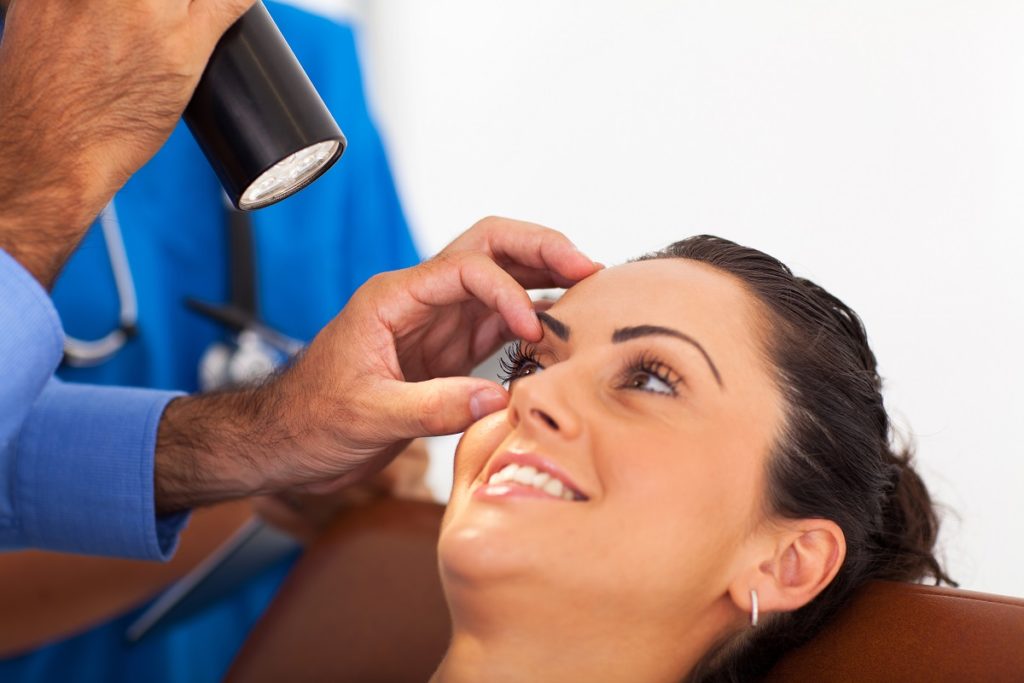Eye-related problems are one of the most common health issues plaguing America today. According to the Centers for Disease Control and Prevention, around 12 million Americans suffer from impaired vision, and an additional 61 million adults are at risk of vision disability. While many eye disorders are avoidable, cases continue to rise every year due to a lack of awareness and the rising costs of treatment.
People with vision loss suffer from a lower quality of life and diminished productivity. Fortunately, basic treatment can provide corrective relief for many common eye disorders. From simple measures like corrective lenses to different types of glaucoma surgery, vision impairment is no longer the debilitating condition it used to be.
Here are some of the most common eye disorders and their treatments:
-
Cataract
Cataracts are the most common eye disease in the United States. According to the American Academy of Opthalmology, more than 24 million Americans over the age of 40 suffer from cataracts, and the numbers continue to rise.
Some people are more likely to get cataracts. A National Eye Institute study revealed that white Americans have a higher cataract prevalence rate, and women are more likely to get cataracts.
As our lifespans become longer, more and more people will get cataracts. Some conditions such as diabetes also increase the likelihood of a person getting cataracts. The most visible symptom of a cataract is a cloudy film over the lens.
Treatment for cataracts is fast and accessible. A quick, painless surgical procedure is the most common treatment for cataracts, and the patient is usually discharged the following day.
-
Glaucoma

This disease is the number one cause of irreversible blindness in America. Glaucoma refers to a group of disorders that eventually lead to a permanent loss of sight. Over 3 million Americans suffer glaucoma, and Hispanics and African Americans are more likely to develop this condition.
The most common type of glaucoma has no initial symptoms. Eventually, peripheral vision is lost, which some people attribute to age. Without immediate treatment, the person will eventually go blind. Sudden changes in vision should be dealt with immediately.
While initial treatment for glaucoma includes beta-blockers and eye drops, more severe cases might require different types of glaucoma surgery to relieve eye pressure.
-
Refractive errors
According to the National Institutes of Health, refractive errors account for up to 80% of all visual impairment cases in the United States. This family of disorders includes astigmatism, hyperopia, and myopia.
It also affects all people, regardless of age, sex, or race. A National Health and Nutrition Examination Survey study indicates that at least half of all Americans over the age of 20 suffer from a form of refractive error.
A comprehensive eye exam can aid in diagnosis and determining the extent of the refractive error. Depending on the type and severity of the condition, standard modes of treatment include corrective lenses or glasses and LASIK surgery.
In the olden days, vision loss could mean loss of income and a drastically lowered quality of life. However, rapid advances in medical technology have allowed millions of people with eye disorders to live a healthier life. If you feel your vision is getting worse, see a doctor immediately. Identifying an eye disorder early on can lead to better patient outcomes.

